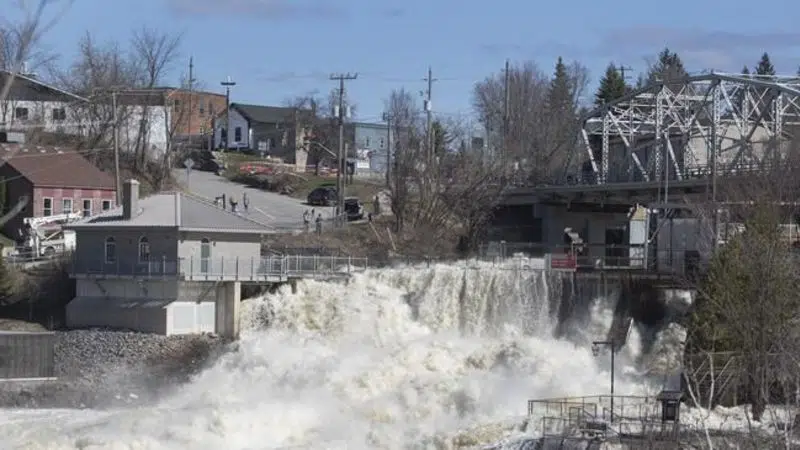
Central Ontario cottage country deals with more rain as flooding persists
When Dave Coon went to bed at his home in central Ontario’s cottage country Monday night, the guest cabin on his waterfront property was “high and dry” — by Tuesday morning, however, that was no longer the case.
“I was still in bed, and my neighbour phoned and said, ‘you’d better look out the window, because your guest cabin has now got a bit of an angle to it,'” Coon said Wednesday in a phone interview.
The 74-year-old retired police officer, who’s lived in Bracebridge, Ont., since 1977, said the cabin is now “sitting in a big hole all twisted up” after a tree dislodged by flooding knocked out one of the stilts the structure had been sitting on.



